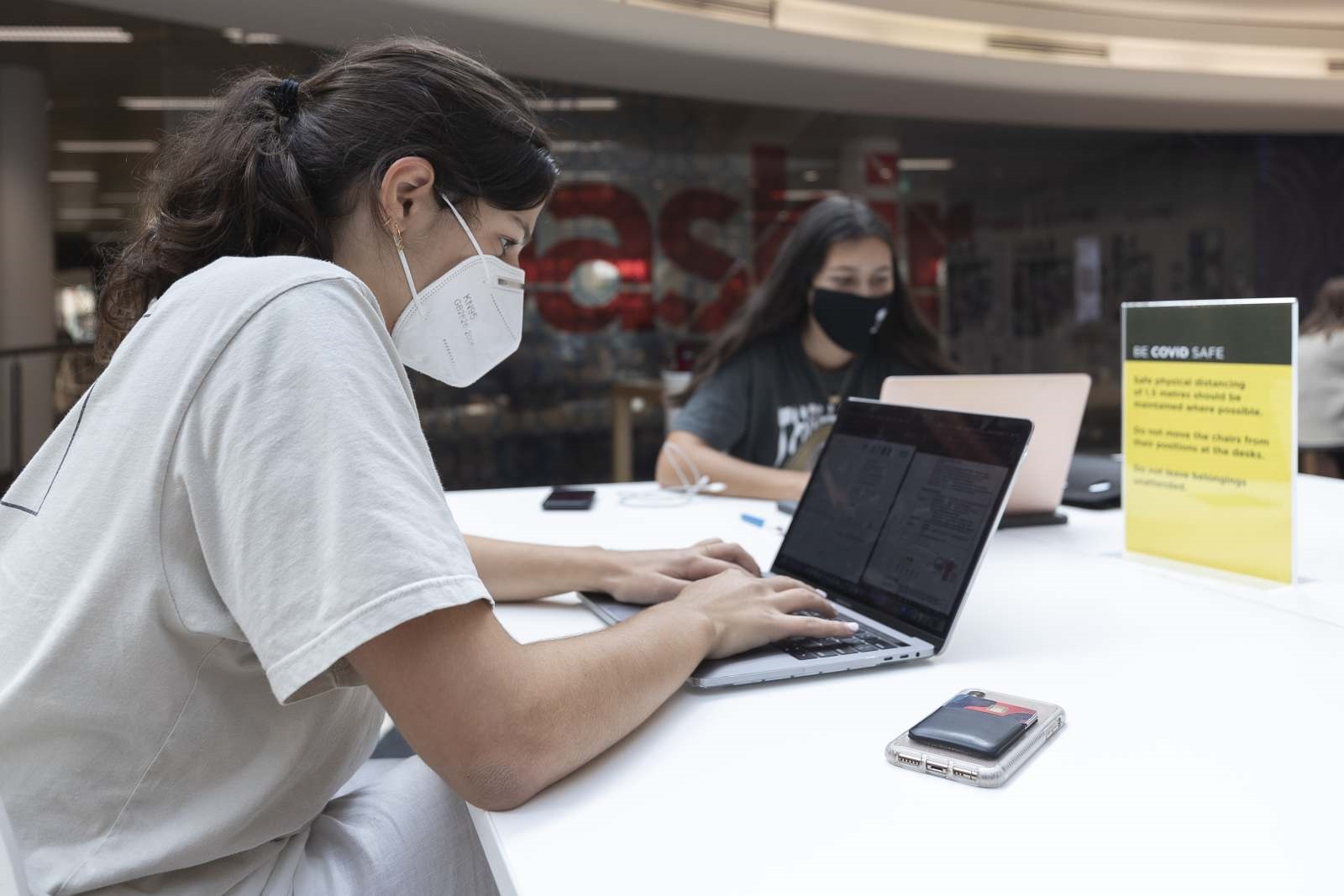COVID-19 will remain a ‘fire’ fought on multiple fronts, Doherty Institute says

Mask-wearing will remain indefinitely in some settings as experts predict strict lockdowns will not protect COVID-free parts of the country from the pandemic forever.
But new data shows the rate of deaths from coronavirus so far this year is similar to a bad influenza season and significantly better than last year as vaccinations gain traction around the country.
For states sticking to border closures and tougher measures against COVID-19, a Doherty Institute sensitivity analysis that was presented at national cabinet on Friday found those measures would not be able to keep the virus out long term and community fatigue was a real risk.
“In reality, the national COVID-19 epidemic has been and will continue to be a ‘fire’ fought on multiple fronts,” the report said.
Doherty Institute modelling is guiding the national recovery plan, with states agreeing restrictions should begin to ease once 70 and then 80 per cent of the population aged 16 and over is fully vaccinated.
Director of Doherty Epidemiology, Professor Jodie McVernon, said while short, sharp lockdowns had been able to extinguish outbreaks of other strains, the Delta variant was “really hard”.
“Those statements are just a reality check that this can’t be maintained forever,” she said on Monday afternoon. “Our main message there is really encouraging high population vaccine uptake, encouraging an awareness and acceptance of the fact that some degree of social measures are going to need to continue in the future to keep the population safe.”
Dr Michael Lydeamore, a research fellow in infectious diseases at Monash University, said some degree of public health and social measures would need to stay in place until health authorities could be sure removing them would not lead to large, out-of-control outbreaks.
“Masks are probably here to stay,” he said. “They’re a relatively low-impost intervention that we know reduces transmission by some amount, and so, at least until we’re in a situation where we’re very confident we’re not going to have a big surge of cases, the masks are going to hang around in these closed settings.”
While public health and social measures continue to play an important role in the pandemic response, data from the National Interoperable Notifiable Disease Surveillance System shows vaccinations are having a large effect on the rate of deaths.
Last year, roughly one in every 31 patients with COVID-19 died, with 909 deaths from 28,428 cases or a case fatality rate of 3.2 per cent. This year to September 15, about one in every 234 patients died, with 229 deaths from 53,780 cases or a case fatality rate of 0.42 per cent.
That rate of deaths is comparable to the worst influenza season in the past few years. From January 1 to September 16, 2017, about one in every 210 flu patients died. There were 959 deaths from 201,446 confirmed cases of the flu or a case fatality rate of 0.48 per cent over the period. The five-year average fatality rate for the flu from January 1 to September 16, 2015 to 2019 was 0.34 per cent.
But COVID-19 remains a serious illness and experts say hospitalisations from the disease will be higher than those from influenza. When those numbers would peak was unclear, Dr Lydeamore said, but they would continue to rise for some time.
“We can be pretty settled on the fact that in Victoria and NSW as well, the case numbers are going to continue around the level that they already are, and so that means the hospitalisations and things will continue on as well,” he said.
To date, 47 per cent of the eligible population aged 16 and over have had both doses of a coronavirus vaccine. The NSW and Victorian governments have both begun to outline plans for easing restrictions once 70 and 80 per cent of the eligible populations in those states have been vaccinated. More than 1500 COVID-19 cases were confirmed across the country on Monday.
Health Minister Greg Hunt said both NSW and Victoria were taking “strong action” with reopening plans as vaccination rates rose.
“There’s more to be done, and I certainly don’t want to pre-empt the next month where the people of Sydney and NSW are in a real effort to continue to bring these cases down,” he said.
“In terms of Victoria, obviously, it’s a very cautious road map, and I know there will be differing views, but both states are taking measures that are very significant.”
Source: smh.com.au




